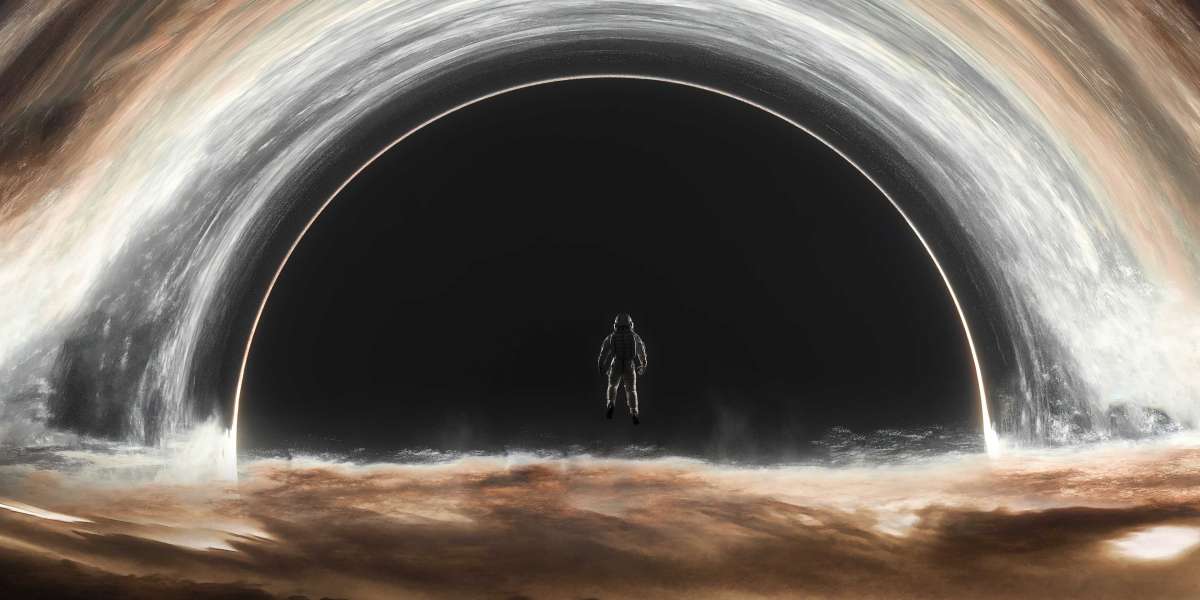Introduction:
In the scorching summer of 1985, music lovers and humanitarians alike gathered around their televisions and radios to witness an unprecedented global event that would forever change the face of charity fundraising. On the 13th of July, the world united through music as the Live Aid concerts took place simultaneously in London, England, and Philadelphia, USA. This grand spectacle, organized by musician and philanthropist Bob Geldof, aimed to raise funds for famine-stricken Ethiopia and raise awareness about the devastating effects of poverty in Africa. With an unparalleled line-up featuring some of the biggest names in the music industry, the Live Aid concerts captured the hearts and minds of millions worldwide, leaving an indelible mark on both the music industry and humanitarian work.
(Note: The Live Aid concert lasted for approximately 16 hours, featuring multiple performances by various artists. The following paragraphs provide a brief overview of the event.)
London Concert:
At the historic Wembley Stadium in London, a star-studded roster of musicians took to the stage to mesmerize the crowd and deliver powerful performances. Iconic bands and artists like Queen, U2, David Bowie, Paul McCartney, and Elton John delivered electrifying sets that left audiences in awe. The most memorable moment, however, came when Freddie Mercury and Queen graced the stage with their anthemic set, which included the legendary rendition of "Bohemian Rhapsody." The energy and passion emanating from the performers were palpable, as over 72,000 spectators immersed themselves in an unforgettable experience.
Philadelphia Concert:
Simultaneously, across the Atlantic Ocean, in Philadelphia's John F. Kennedy Stadium, an equally impressive line-up of musicians captivated an estimated 100,000-strong crowd. From the soulful sounds of Stevie Wonder and Hall Oates to the energetic performances of The Who and Tina Turner, every act pushed the boundaries of their talent, lighting up the stadium with their passion and charisma. However, it was the legendary performance by Phil Collins that would be etched in the memories of millions. Having performed at Wembley earlier in the day, Collins famously boarded Concorde and crossed the Atlantic to play in Philadelphia, showcasing his dedication and the true spirit of Live Aid.
Global Impact:
Beyond the spectacular performances, the Live Aid concerts brought a sense of unity and purpose to the world. The event was broadcasted to over 1.9 billion people in 150 countries, making it one of the largest television audiences in history. This global viewership, combined with extensive media coverage, resulted in an overwhelming response from the public. The Live Aid concerts raised an astounding $127 million for famine relief in Ethiopia, an amount that far exceeded expectations.
Legacy:
The Live Aid concerts of 1985 would go on to have a lasting impact on how music can be wielded for humanitarian efforts. The success of this historic event inspired a wave of subsequent charity concerts, using the power of music to raise awareness and funds for various causes. It set a precedent for future musicians to leverage their platforms for social change, inspiring countless artists to utilize their talents for the greater good.
Conclusion:
The Live Aid concerts of 1985 marked a turning point in the history of humanitarian work and music's role in making a difference. These remarkable events brought together iconic musicians, united audiences across the globe, and raised an unprecedented amount of money for a noble cause. The legacy of Live Aid continues to inspire generations, reminding us that music has the power to heal, unite, and make the world a better place.
Reprinted:Live Aid Concerts in 1985








